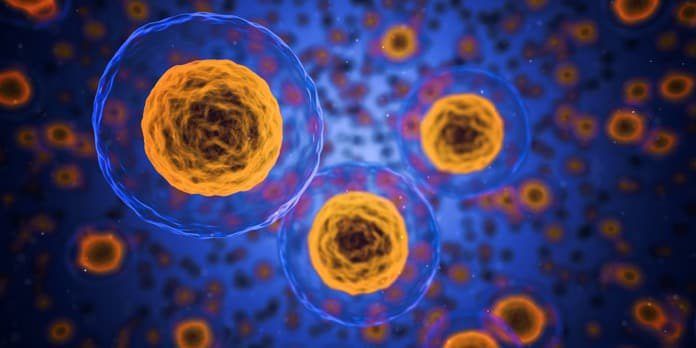Researchers have developed a new genetic editing enzyme system to record cellular events inside bacterial and mammalian cells.
The advent of mobile phones with video capability and portable cameras have allowed people the ability to easily record everyday activities and events in great detail. What if scientists could record the activities and inner workings of cells to better understand how they work?
Scientists from Harvard University in Cambridge, Massachusetts developed a genetic system called CAMERA that can record the reaction of bacterial and mammalian cells to various environmental stimuli. The technology is based on CRISPR-Cas9, a groundbreaking genome editing system. The researchers recently unveiled this new technology in a research news article published in Science.
CRISPR-Cas9 is often used to cut specific areas of double-stranded DNA and has been used to repair faulty genes. Scientists add a “guide RNA,” a small stretch of nucleic acids that enables the CRISPR-Cas9 complex to target a specific DNA sequence, and cut it using the Cas9 enzyme.
By combining the precise cutting ability of CRISPR-Cas9 with an antibiotic resistance gene and two types of circular DNA (plasmids), researchers were able to test how long bacterial cells were exposed to an antibiotic. They accomplished this by exposing CAMERA-equipped cells to the antibiotic and then examining the change in the ratios of the two plasmids inside the cells. Other CAMERA systems were designed to respond to specific cell signals and other environmental stimuli such as nutrients, viruses, and light.
Two key characteristics of the CAMERA system are that only 10-100 cells are needed to record reliable information and that multiple cellular events can be recorded, erased, and re-recorded. Similar to flight data recorders, CAMERA systems function as “cell data recorders.”
The power of this technology has enormous potential for helping researchers understand all kinds of processes including aging, the occurrence of cancer, and embryonic development. Scientists in the field are excited about the future applications of CAMERA.
Written by Cindi A. Hoover, Ph.D.
Reference: Tang, D.R. Liu, Science. 10.1126/science.aap8992 (2018). http://science.sciencemag.org/content/359/6377/728.full.



